
AccessArt has always advocated for the role artists can play in creating dynamic, engaging and relevant art education experiences for the whole community. We have seen through the AccessArt Primary Art Curriculum how activities that were devised, trialled and tested in community settings, led by artists working with small groups, have then been very successfully transferred into more formal education settings. Artists bring to education an opening of what is possible, together with a depth of understanding and clarity of purpose. Artists help educators ask important and often challenging questions: What is the purpose of art education, and how can we best inspire and enable?
AccessArt has been at the forefront of this approach for 25 years, and we have helped thousands of schools, organisations and individual artist educators transform their practice. Our recently launched Tiny Art School Movement is helping to encourage artists to reflect upon their potential as educators and to work with local communities.
Now we are ready to open the first ever AccessArt Lab as part of our continuing commitment to push the boundaries of what is possible when artists and educators from all settings work together. Led by Paula Briggs, Creative Director of AccessArt and the AccessArt Lab, the studio at Stapleford Granary, Cambridge, will provide a space for an ongoing creative (and practical) conversation between AccessArt and our audience.
“We are very excited about the potential of the AccessArt Lab. We’ll be using the space to devise and test new content, especially around the creation of resources for teenagers, and around how we nurture creative thinking for all. But over and above these key areas, we’ll be exploring (and celebrating) what it is like for learners to enjoy being in a space of “not knowing.” Too often, education focuses on the accumulation of precise and nameable knowledge, and then on measuring knowledge retention. Art provides a valuable alternative to this kind of thinking, providing opportunities to acknowledge there are other types of intelligence, and that there is real value in helping learners and teachers experience the benefits of operating in a space of play, feeling safe but inspired in the space of “not knowing… yet,” and empowered by personal discovery.
As a predominantly digital organisation with a national and international reach, the AccessArt Lab will provide an opportunity for us to engage with audiences in new ways, and of course everything we learn and create in the Lab will be shared with all our audiences via the AccessArt website. We are excited to see how this develops into what we hope will be a vibrant and meaningful creative conversation, helping our combined voice and expertise to be heard across all settings, and to help affect change.”
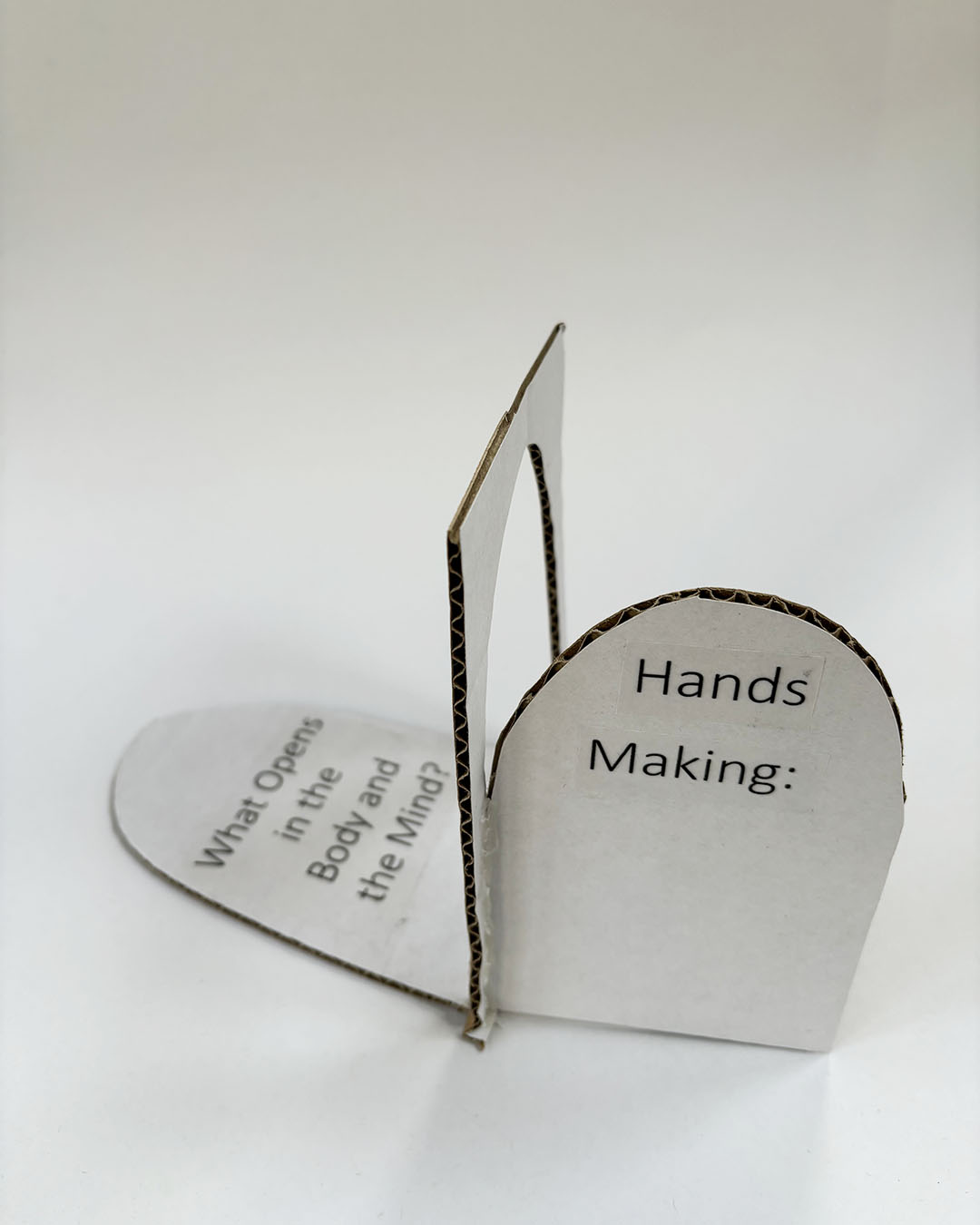
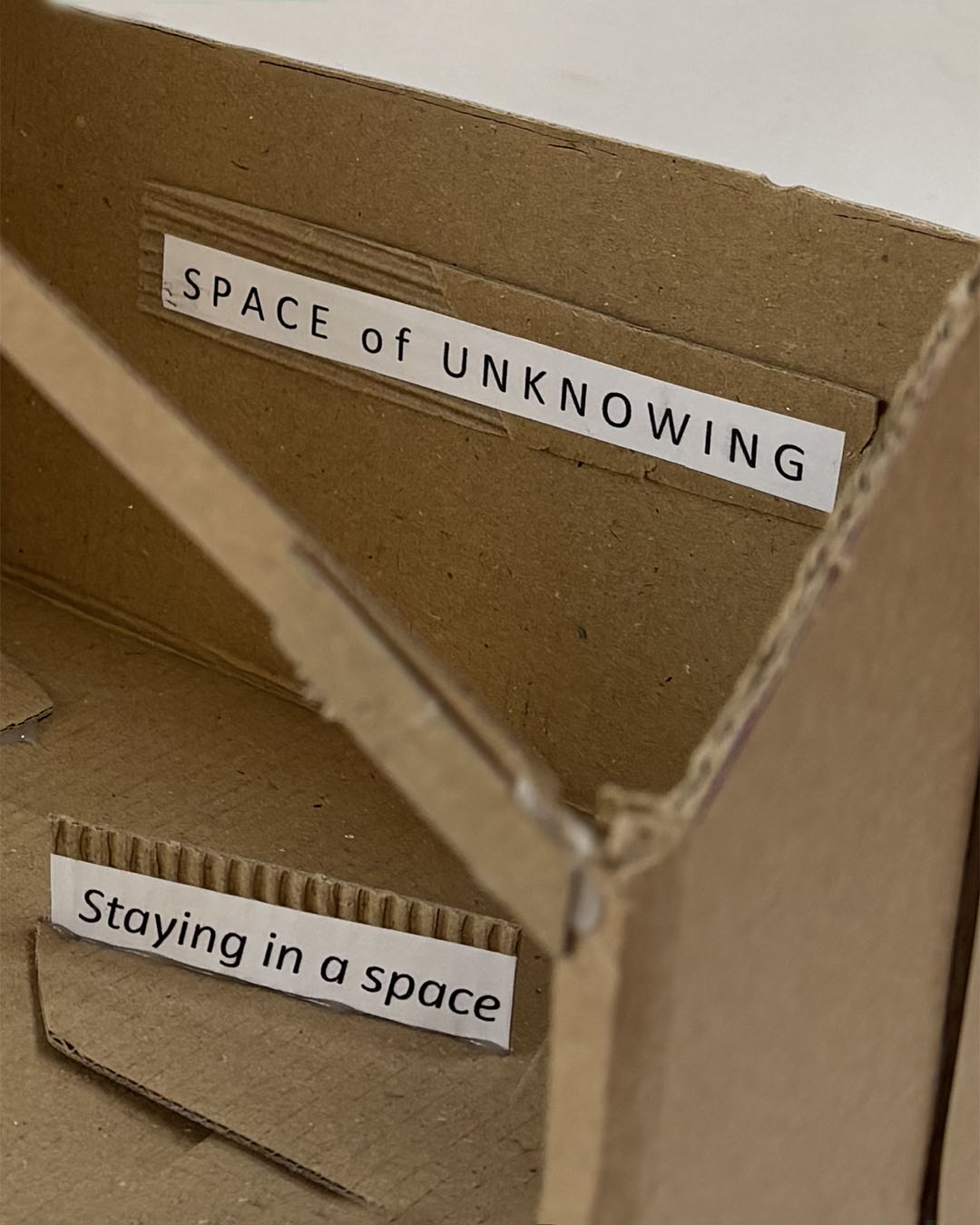

Stapleford Granary is an Arts Centre whose aim is to foster cultural understanding through education.
The venue offers music, art, education & conversation in a beautiful 19th century farm complex, situated at the foot of the Gog Magog Downs, just 5 miles from the centre of Cambridge.
You May Also Like…
AccessArt Lab Areas of Focus & Core Values
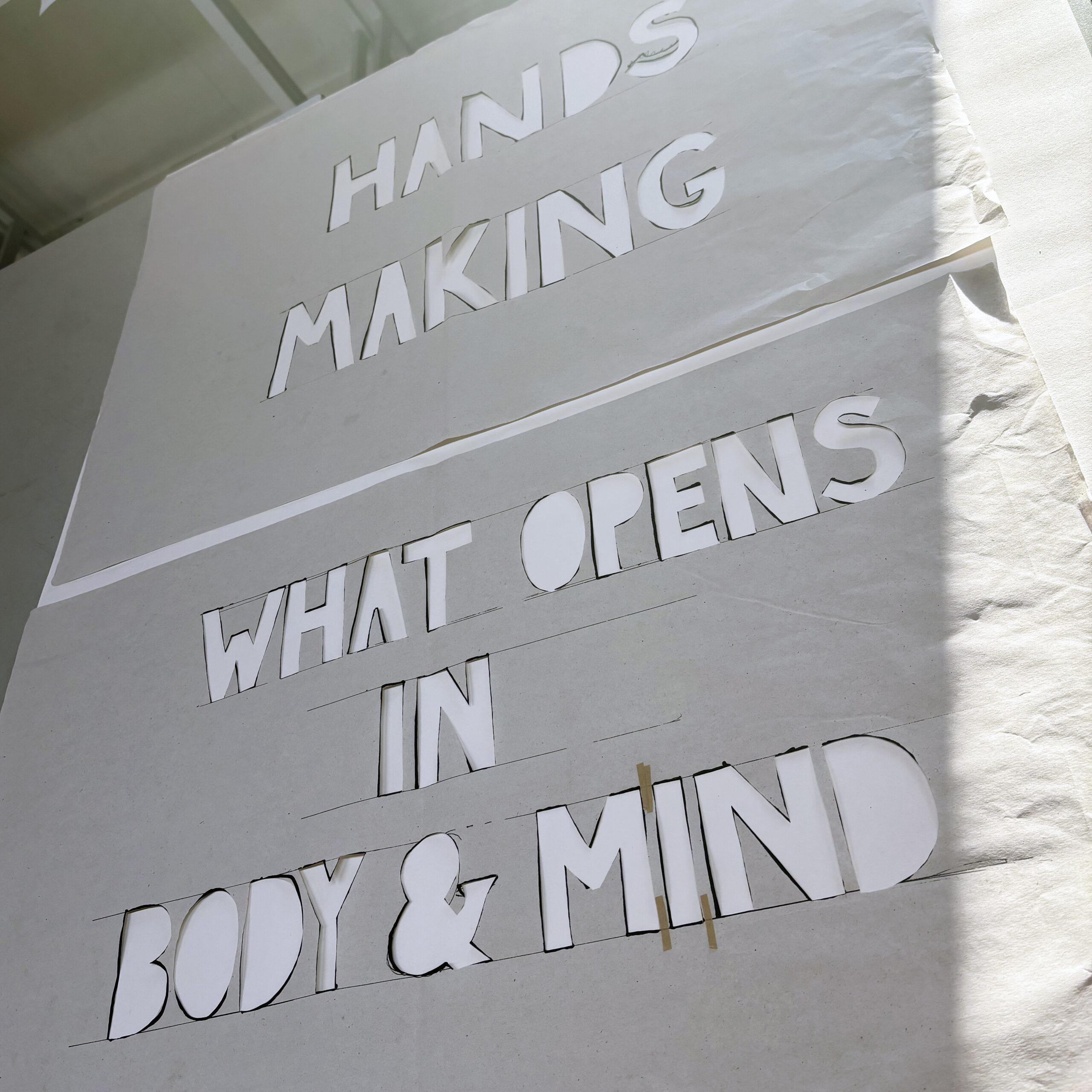
You May Also Like…
Making Physical or Digital Layered Portraits
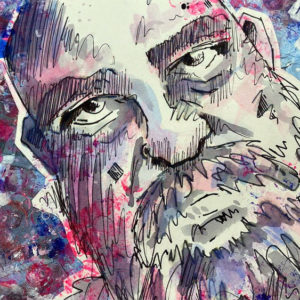
Pathway: Exploring Identity
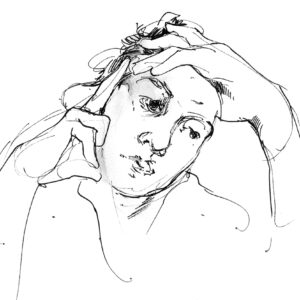
Quentin Blake’s Drawings as Inspiration: Exaggerating to communicate
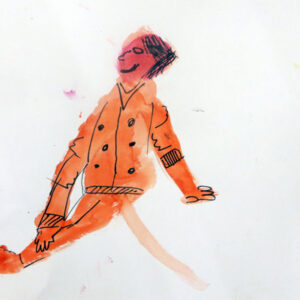
Session Recording: Creating School Exhibitions & Displays

Finger Palette Portraits
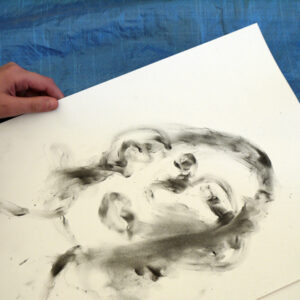
elastic band sketchbook

A collection of sources and imagery to introduce shape.
Please note that this page contains links to external websites and has videos from external websites embedded. At the time of creation, AccessArt checked all links to ensure content is appropriate for teachers to access. However, external websites and videos are updated, and that is beyond our control.
Please let us know if you find a 404 link or if you feel content is no longer appropriate.
We strongly recommend as part of good teaching practice that teachers watch all videos and visit all websites before sharing with a class. On occasion there may be elements of a video you would prefer not to show to your class and it is the teacher’s responsibility to ensure content is appropriate. Many thanks.
*If you are having issues viewing videos, it may be due to your school’s firewall or your cookie selection. Please check with your IT department.*
This resource is free to access and is not a part of AccessArt membership.
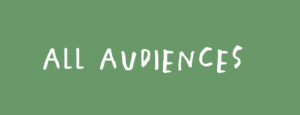

An Introduction to Shape
Shape is used throughout art for lots of reasons; shapes can be vehicles for colour, convey emotion, and lead the eye on a journey around the page.
Different types of shapes can be categorised as ‘geometric’, ‘organic’ and ‘intuitive’.
Geometric shapes, like squares and triangles, are mainly found in manmade objects, for example, houses. You would often find ‘organic’ shapes in nature, for example, in leaves or shells. In 2-dimensional artwork, artists also create shapes ‘intuitively’ to represent a ‘thing’.
Artists use shapes to communicate a certain message or convey an emotion.
-
What emotion do you associate with certain shapes, for example, a triangle, circle or square?
-
Do you feel different when you look at organic shapes compared to geometric shapes?
Artworks consist of lines and shapes built together with colour in a certain composition, whether it’s an abstract or figurative piece.
-
Some people would define shape through line. What do you think?
-
When does a line become a shape?
When you look at an artwork, consider the shape and also the space around the shape (negative and positive space). These are shapes in themselves.
-
How do the shapes sit in the composition?
-
What is your eye drawn to? Why do you think this is?
Discuss the artwork below, considering some of the statements and questions above.
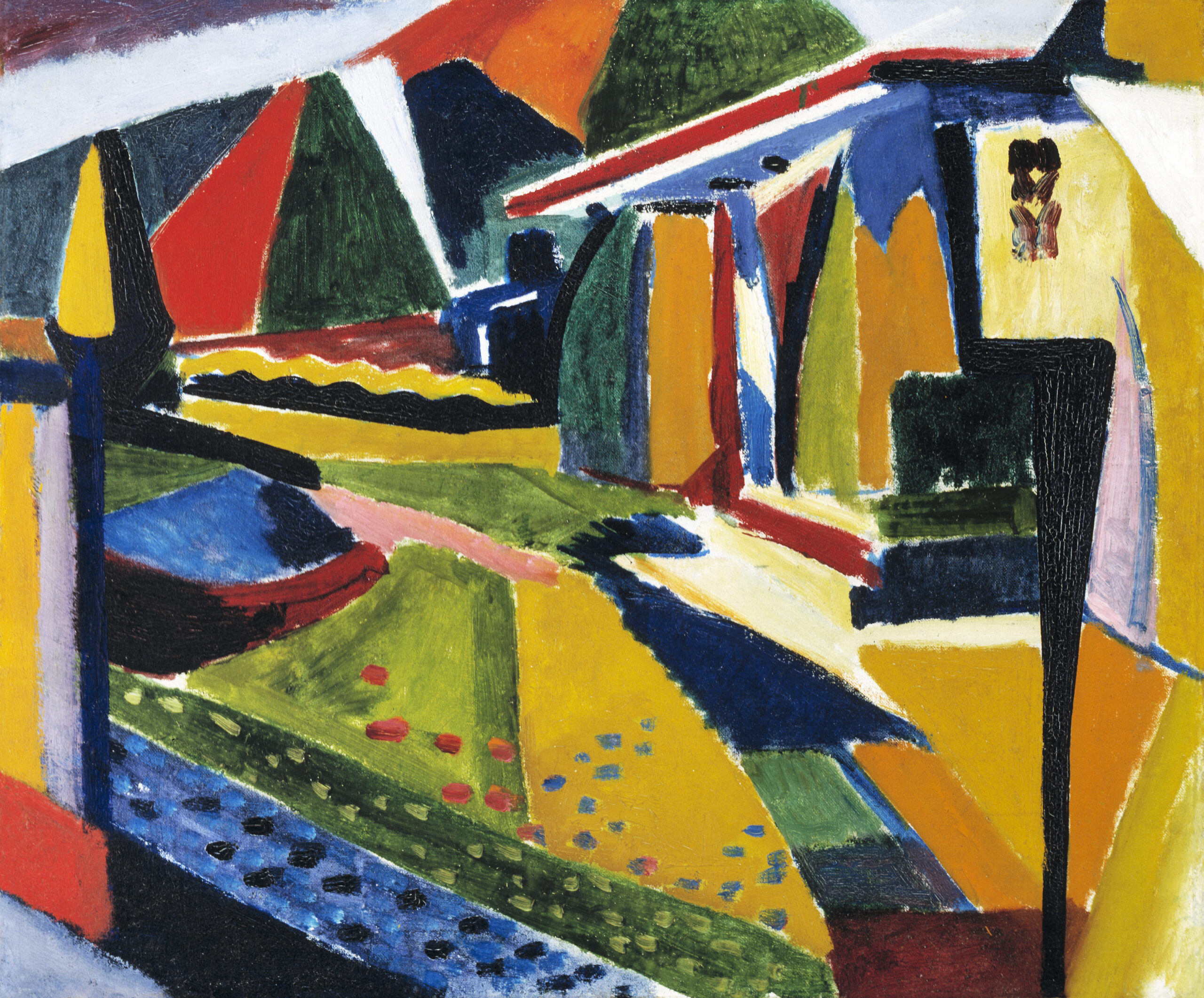
Abstract Landscape (1915- 1916) painting in high resolution by Henry Lyman Sayen. Original from the Smithsonian Institution.
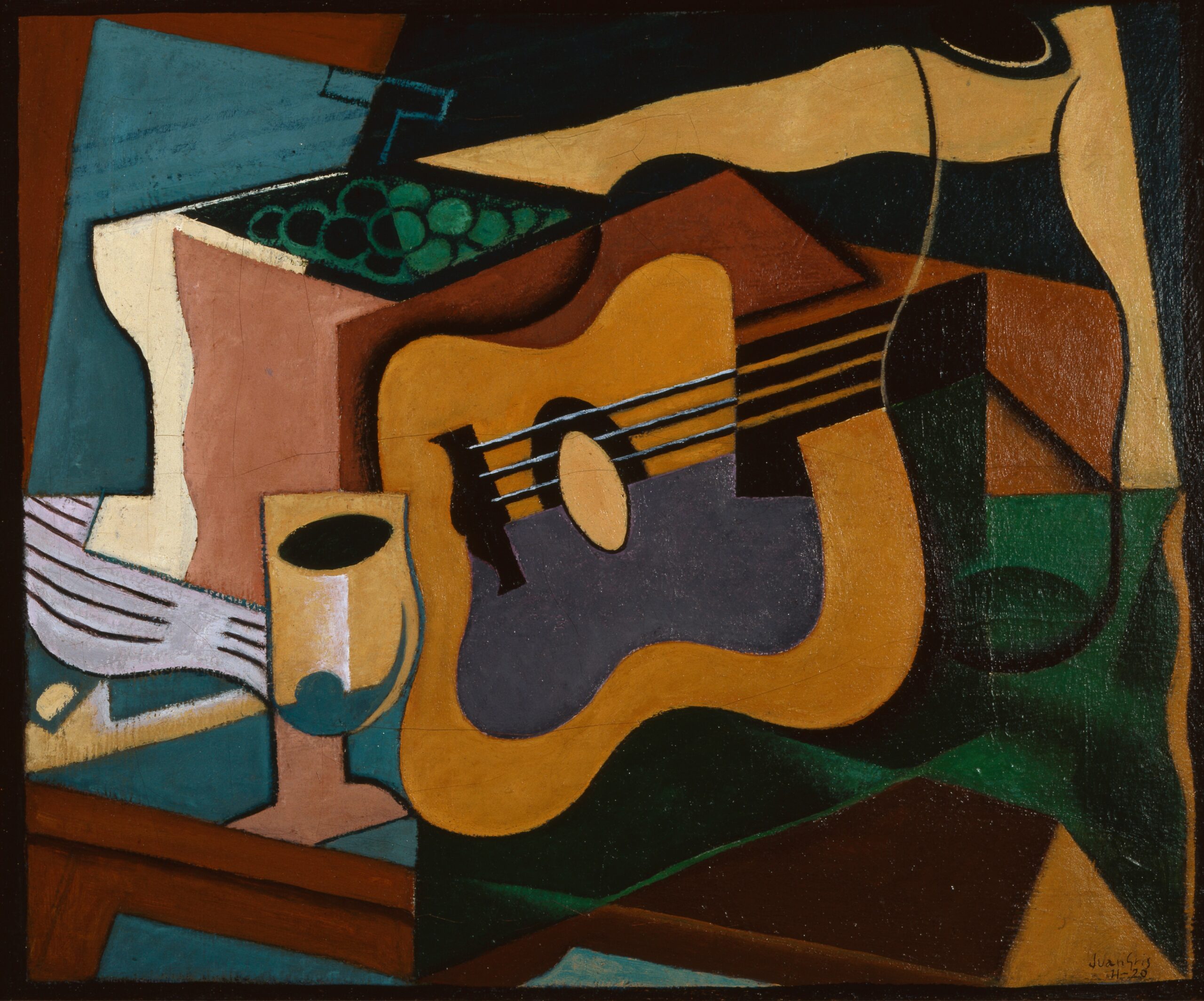
Artist Unkown, Still Life with Guitar, Original public domain image from Saint Louis Art Museum
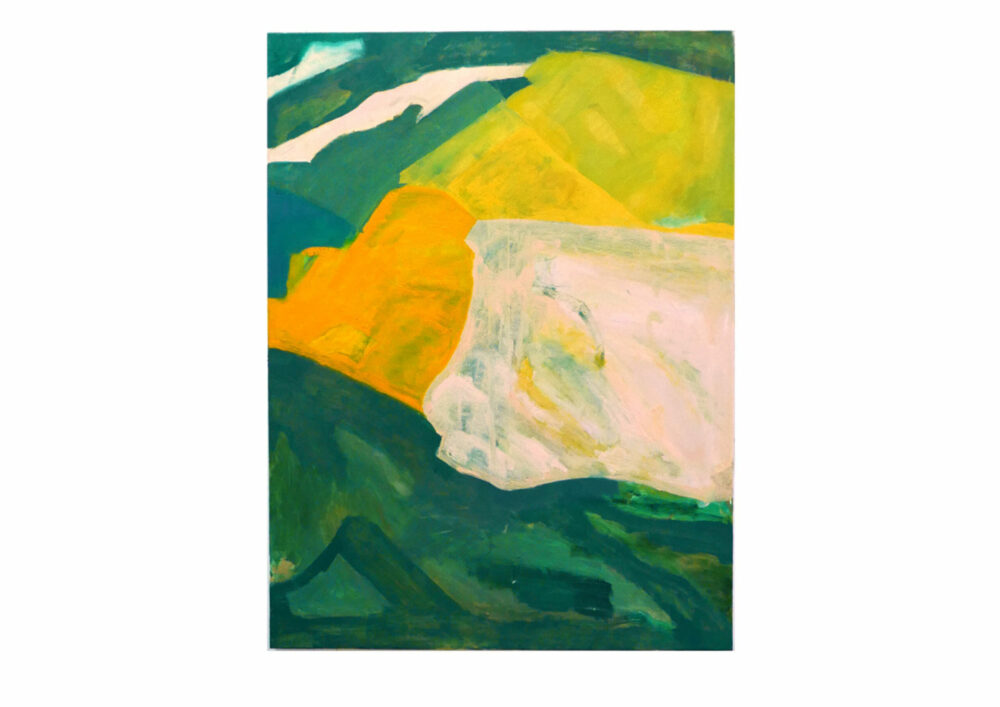
Landscape by Joe Gamble
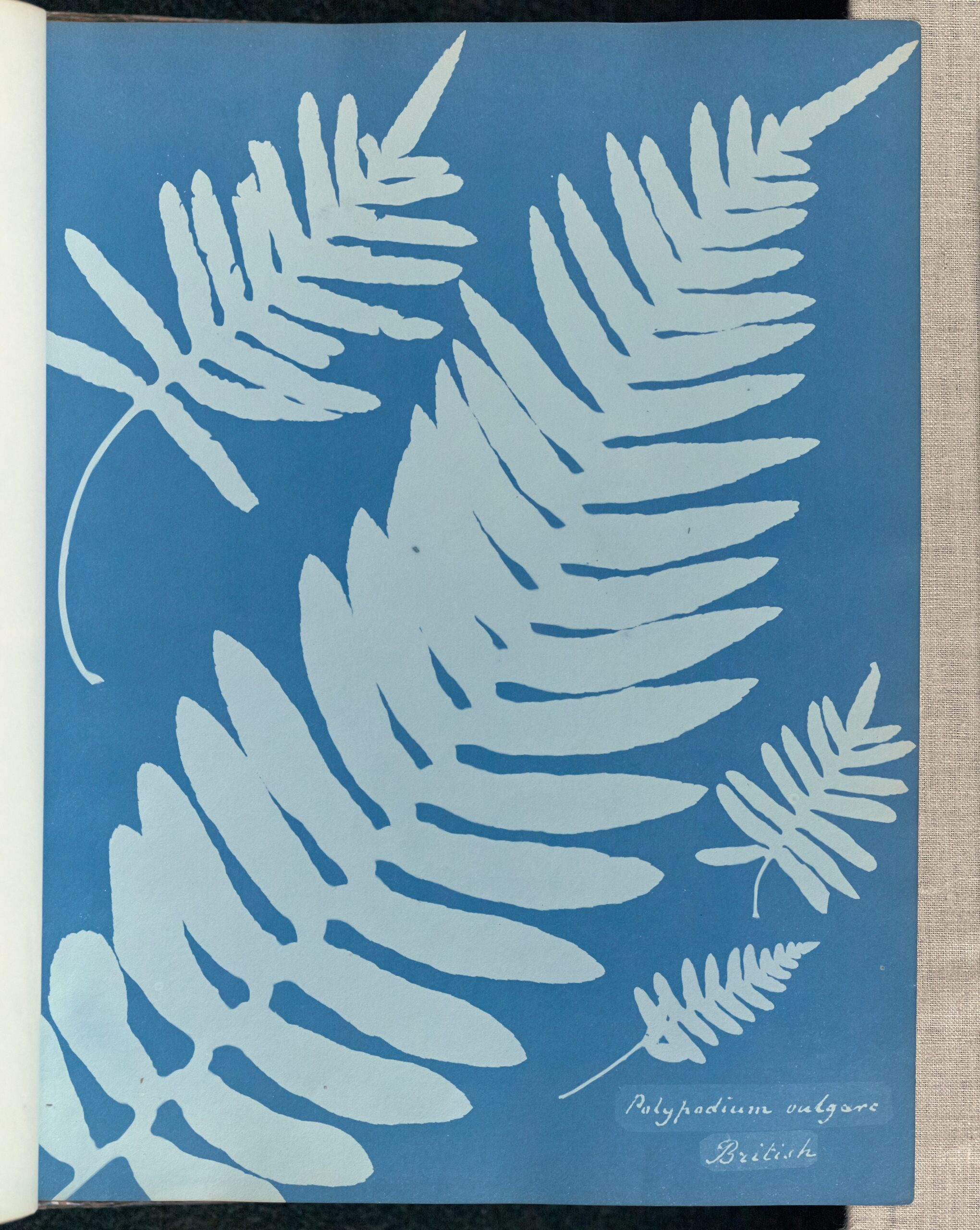
Polypodium vulgare, British by Anna Atkins and Anne Dixon, Original public domain image from Getty Museum
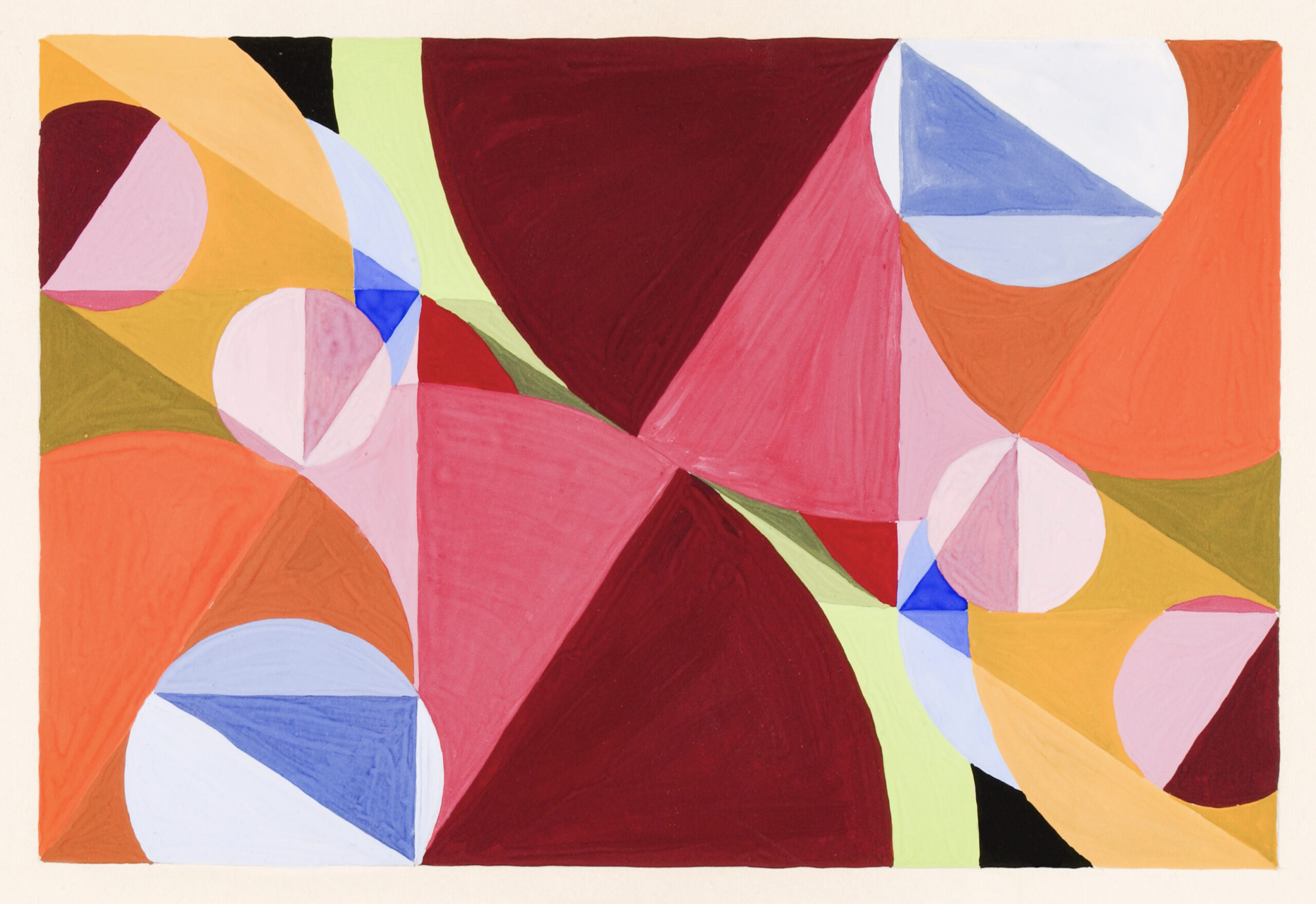
Area Broken by Perpendiculars (ca.1934) painting in high resolution by Joseph Schillinger. Original from The Smithsonian Institution.
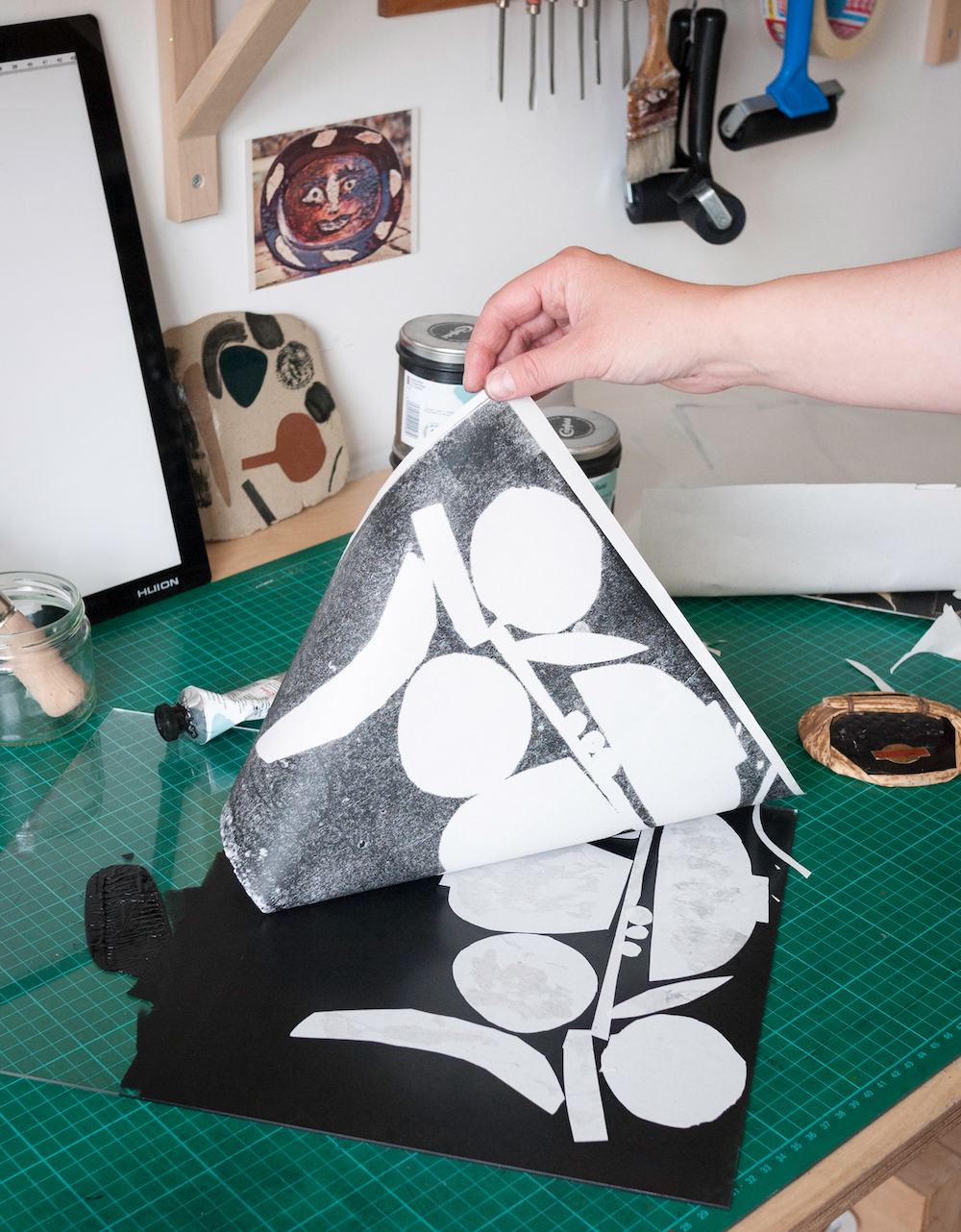
Monoprint by Claire Harrup
Questions to Ask Children
Describe the shapes you can see? Consider the edges, angles, colours etc.
How do the shapes connect with each other?
Do any of these artworks use negative space? What shapes can you spot?
Shapes can give the illusion of something being there. In Claire Harrup’s monoprint, what can you see?
Where is your eye drawn to? What journey does it take and do you think it’s intentional?
What do you notice about the overall composition of the piece? How do the shapes and colours impact your opinion and overall feeling?
You May Also Like…
drama and art
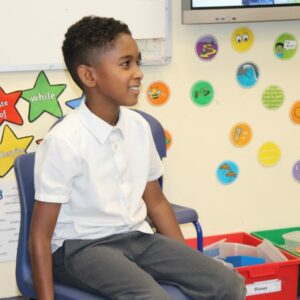
drama exercises explore teamwork

Shadow puppets and performance
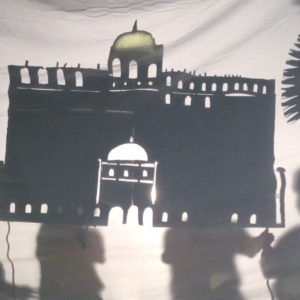
You May Also Like…
Other Resources by Joe Gamble
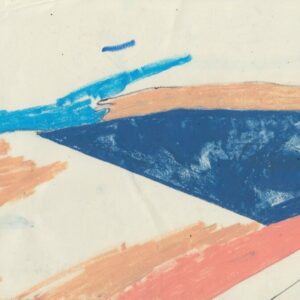
Adapting AccessArt: Colour and Composition
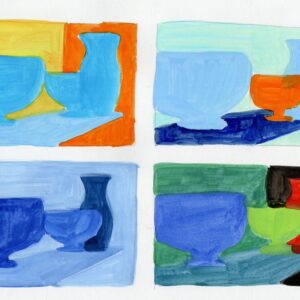
Thoughtful Mark making
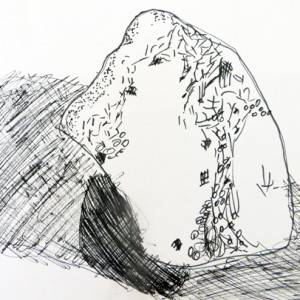
You May Also Like…
Redesigning food Packaging
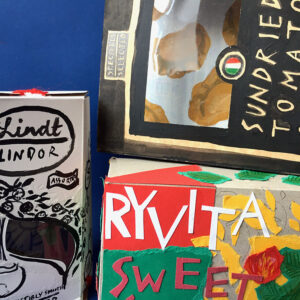
What i ate in a day
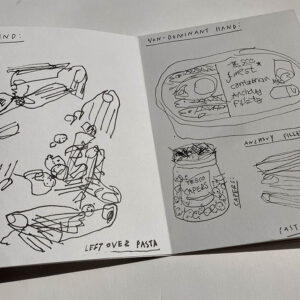
Paint Your corner Shop
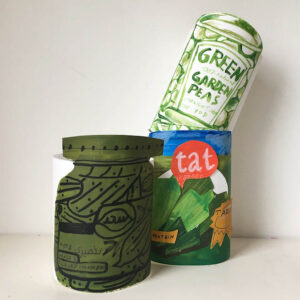
Creating Repeat Patterns
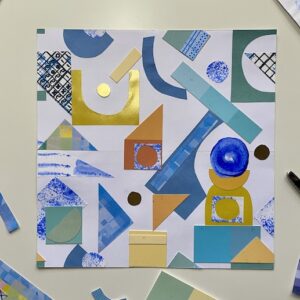
A collection of sources and imagery to explore terms used in colour theory.
Please note that this page contains links to external websites and has videos from external websites embedded. At the time of creating, AccessArt checked all links to ensure content is appropriate for teachers to access. However external websites and videos are updated and that is beyond our control.
Please let us know if you find a 404 link, or if you feel content is no longer appropriate.
We strongly recommend as part of good teaching practice that teachers watch all videos and visit all websites before sharing with a class. On occasion there may be elements of a video you would prefer not to show to your class and it is the teacher’s responsibility to ensure content is appropriate. Many thanks.
*If you are having issues viewing videos it may be due to your schools firewall or your cookie selection. Please check with your IT department.*
This resource is free to access and is not a part of AccessArt membership.





Colour Theory
Colour theory can be overwhelming to understand and teach.
AccessArt would encourage an intuitive approach to teaching colour through resources such as Expressive Painting and Colour Mixing, however the information below will help you understand some of the terminology used in colour theory.

Primary Colours
Primary colours are any of a group of colours from which all other colours can be achieved by mixing. Red, yellow and blue can’t be recreated through colour mixing and act as the building blocks for all other colours.
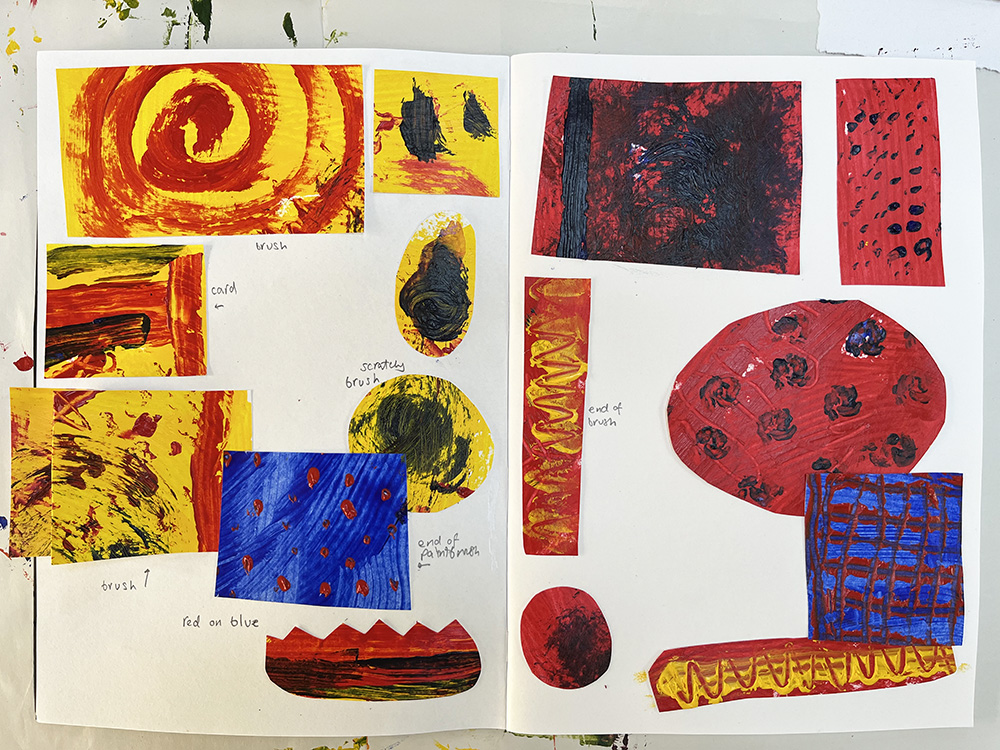
Secondary Colours
Secondary colours are achieved when the primary colours are mixed together in equal parts. On the colour wheel, secondary colours are located between primary colours.
-
Red and blue: Purple
-
Red and yellow: Orange
-
Yellow and Blue: Green
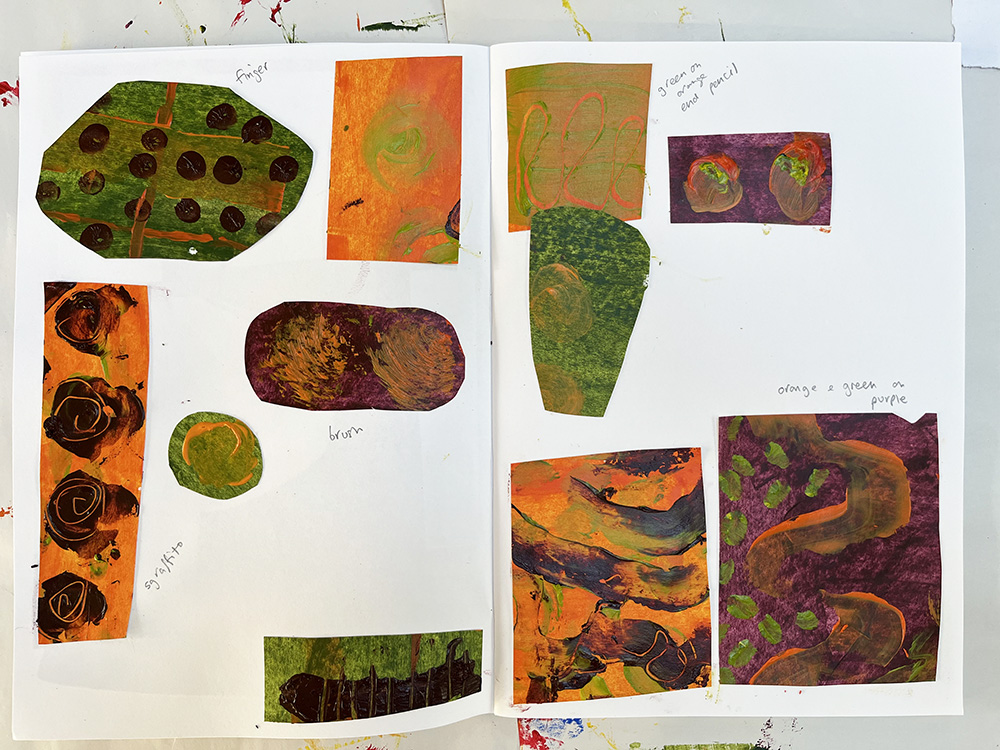
Tertiary Colours
Tertiary colours can be achieved by mixing primary and secondary colours. Blue-green, blue-violet, red-orange, red-violet, yellow-orange and yellow-green are colour combinations you can make from colour mixing. On a colour wheel, tertiary colours are between primary and secondary colours. – Adobe
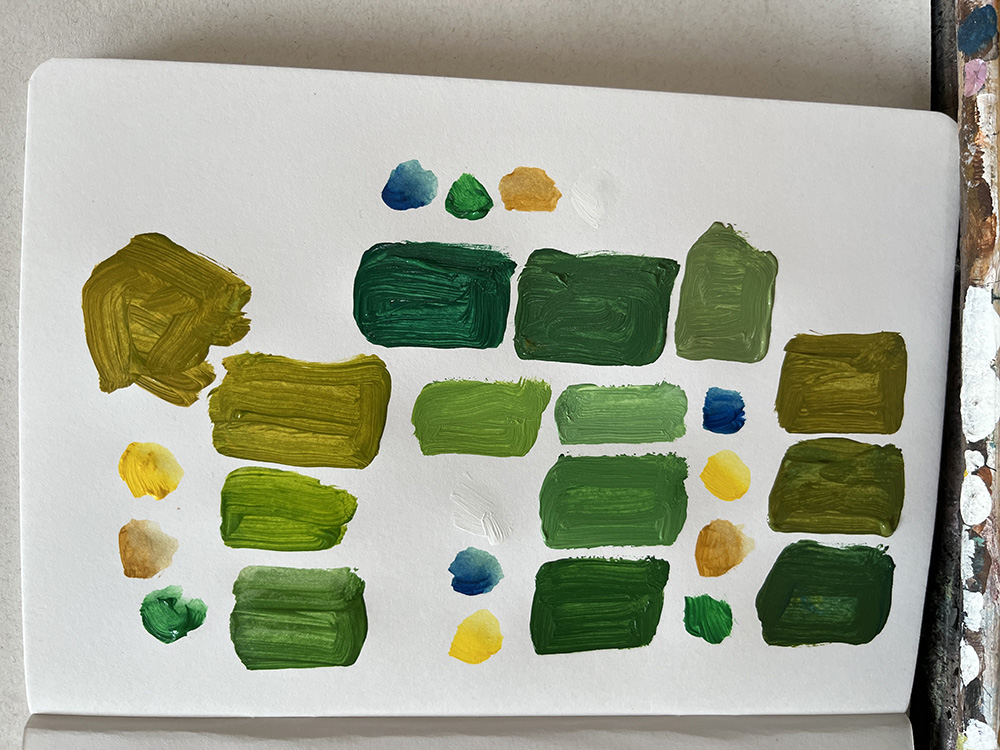
Additional Terms Used When Talking About Colour:
Hue: Brightest and purest form of the colour on the colour wheel.
Saturation: The intensity and vibrance of a colour.
Value: How light or dark a colour is.
Shades: Achieved by adding black gradually to a colour.
Tint: Achieved by adding white gradually to a colour.
Tone: Achieved by adding grey gradually to a colour.
See Resources Exploring Colour Below…
Colour Mixing
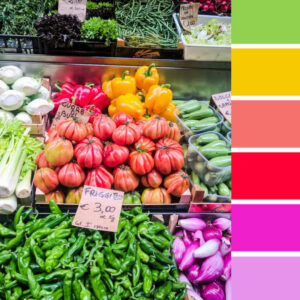
Exciting Colour
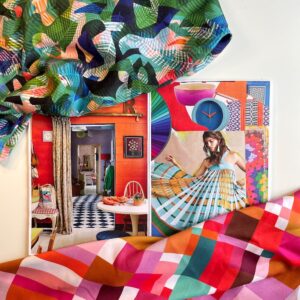
Expressive Painting and Colour Mixing
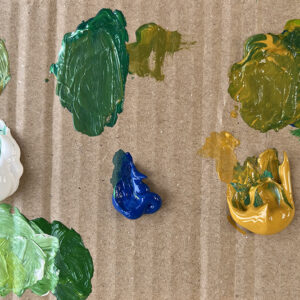
A collection of evidence-based reports which help map the changes to the art education (and wider arts) landscape over the past few years, and a collection of articles to help share solutions to the issues raised.
If you would like us to add a link to a report or relevant article please email paula@accessart.org.uk.
Paula Briggs, CEO & Creative Director AccessArt, 2024.
Evidence
A Class Act
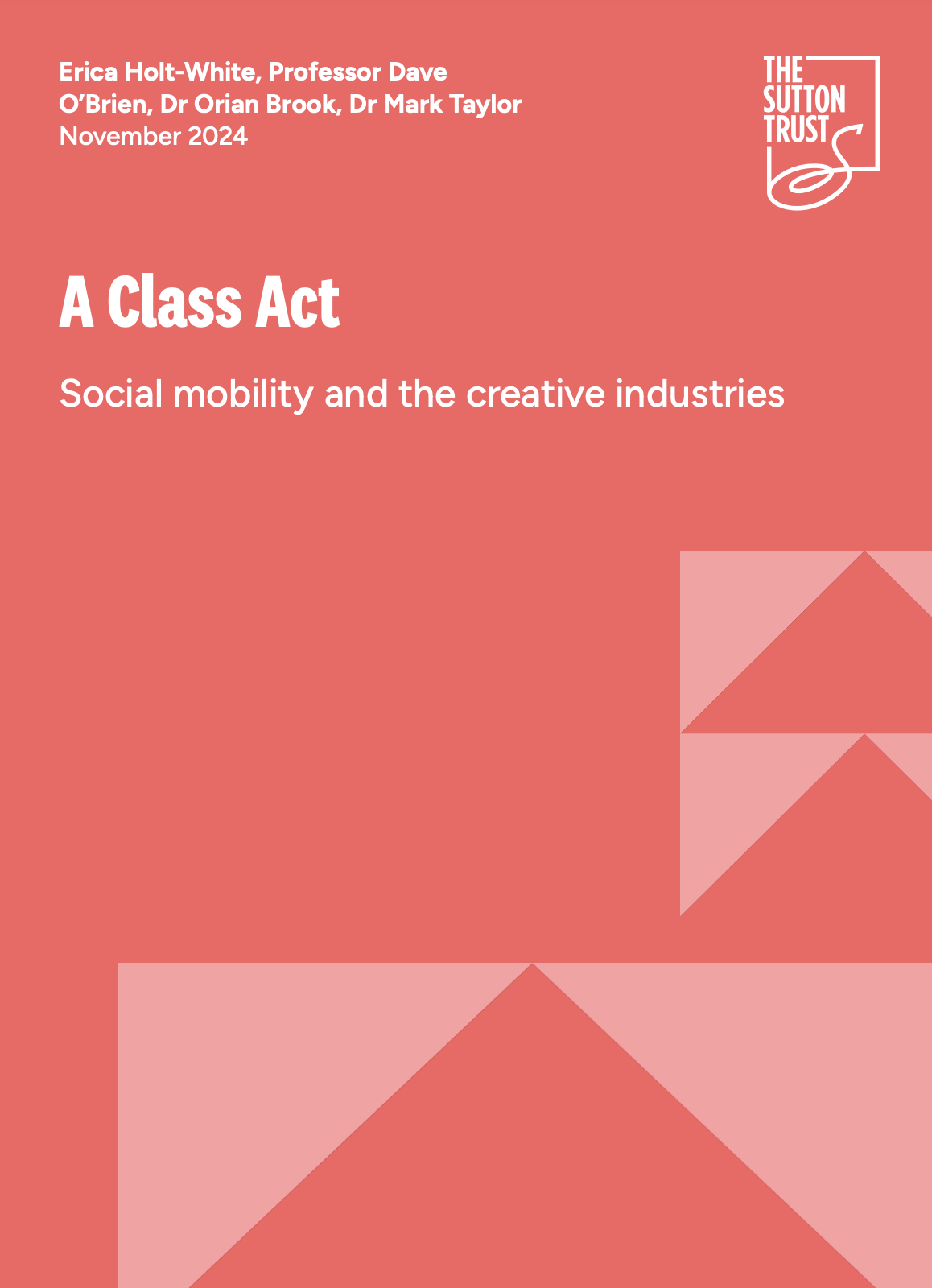
The State of The Arts
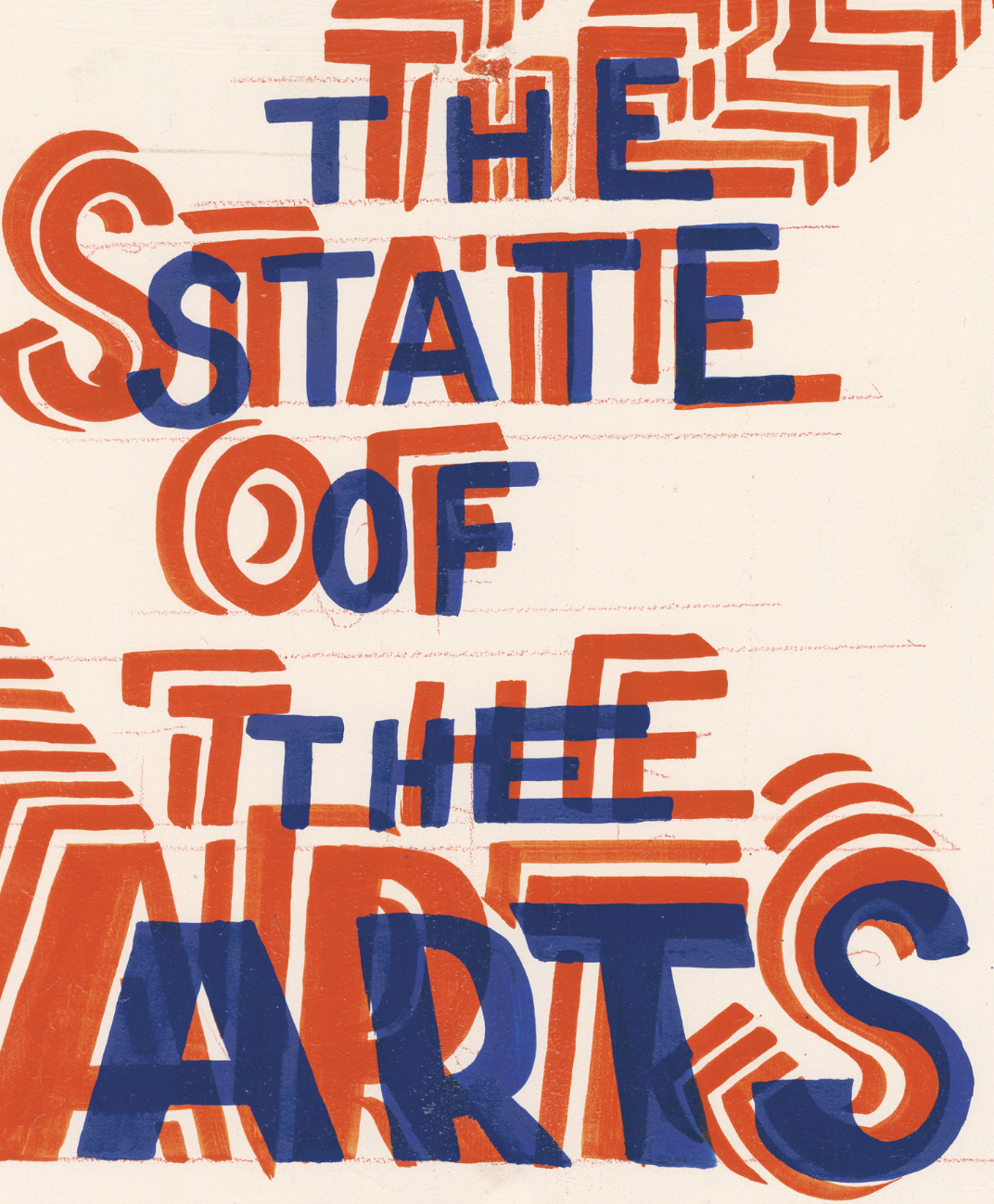
The Art Now Report
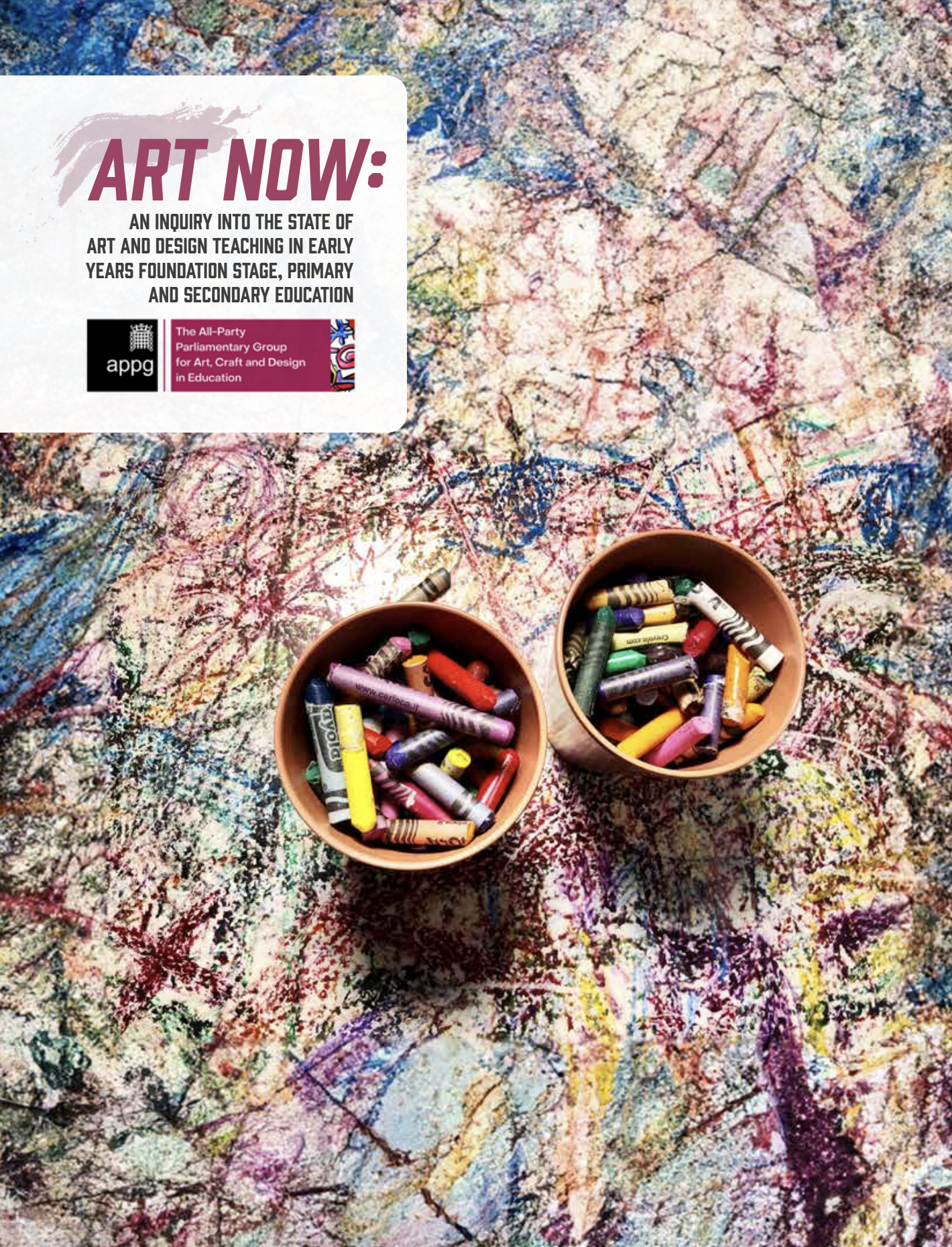
The Arts in Schools: Foundations for the Future
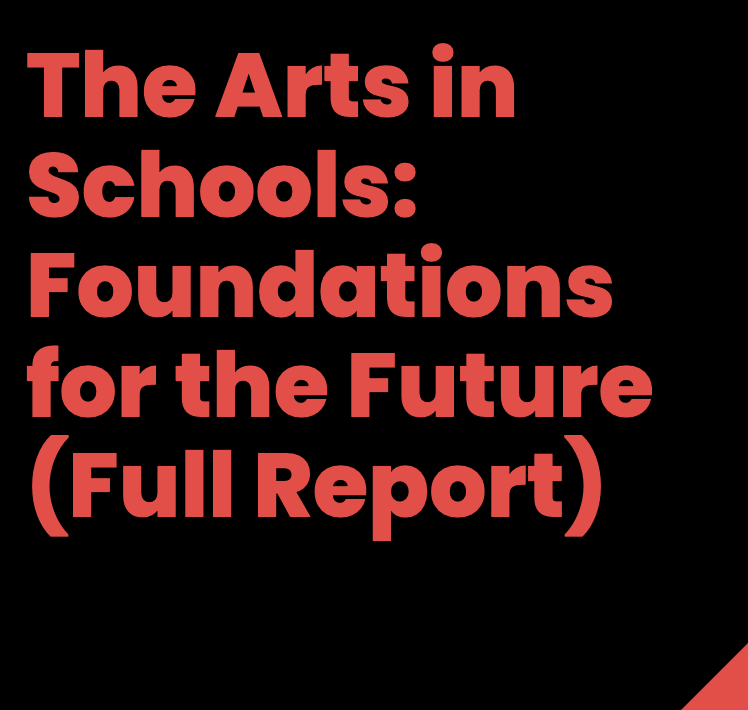
Urgent Reform needed in 11-16 Education

Culture in Crisis: impacts of Covid-19 on the UK cultural sector
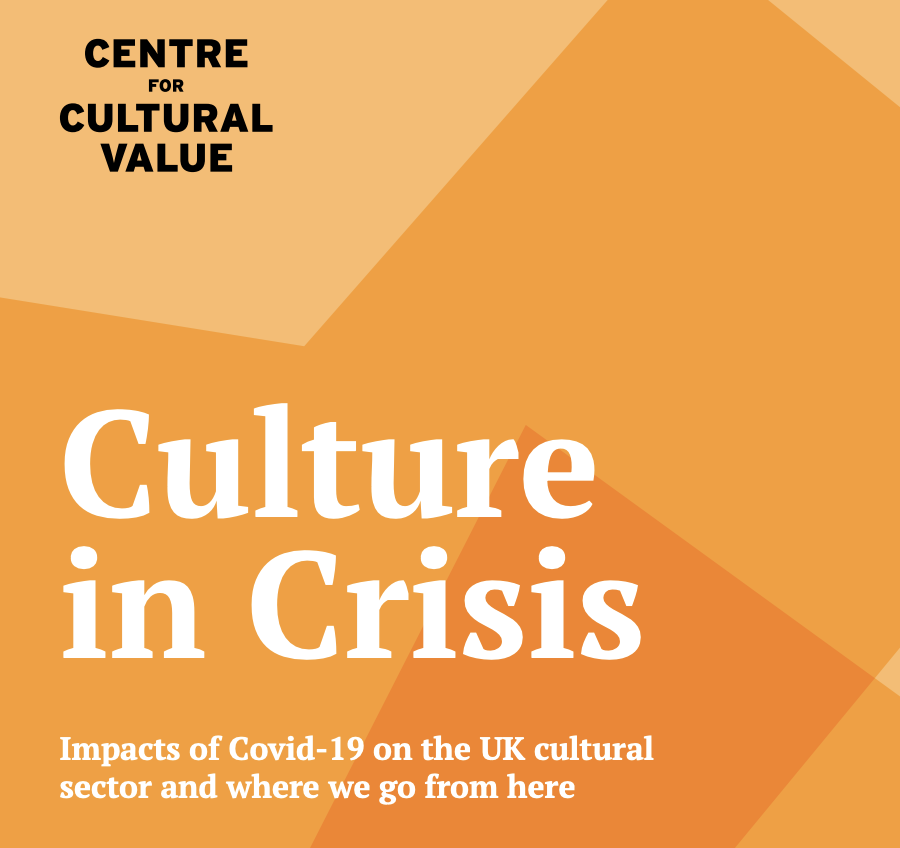
Solutions
Can Labour Show It Really Understands The Power Of The Arts To Transform Lives?
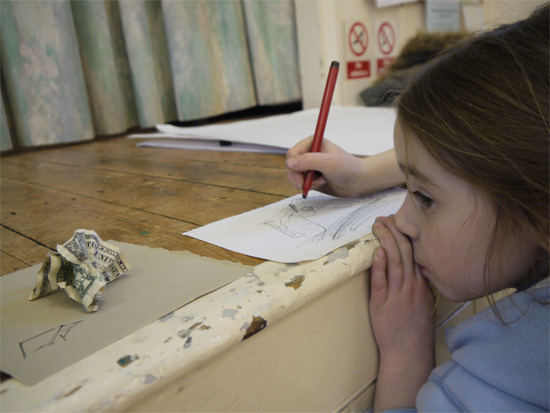
The Current Education System: Too Much Beta, Not Enough Alpha
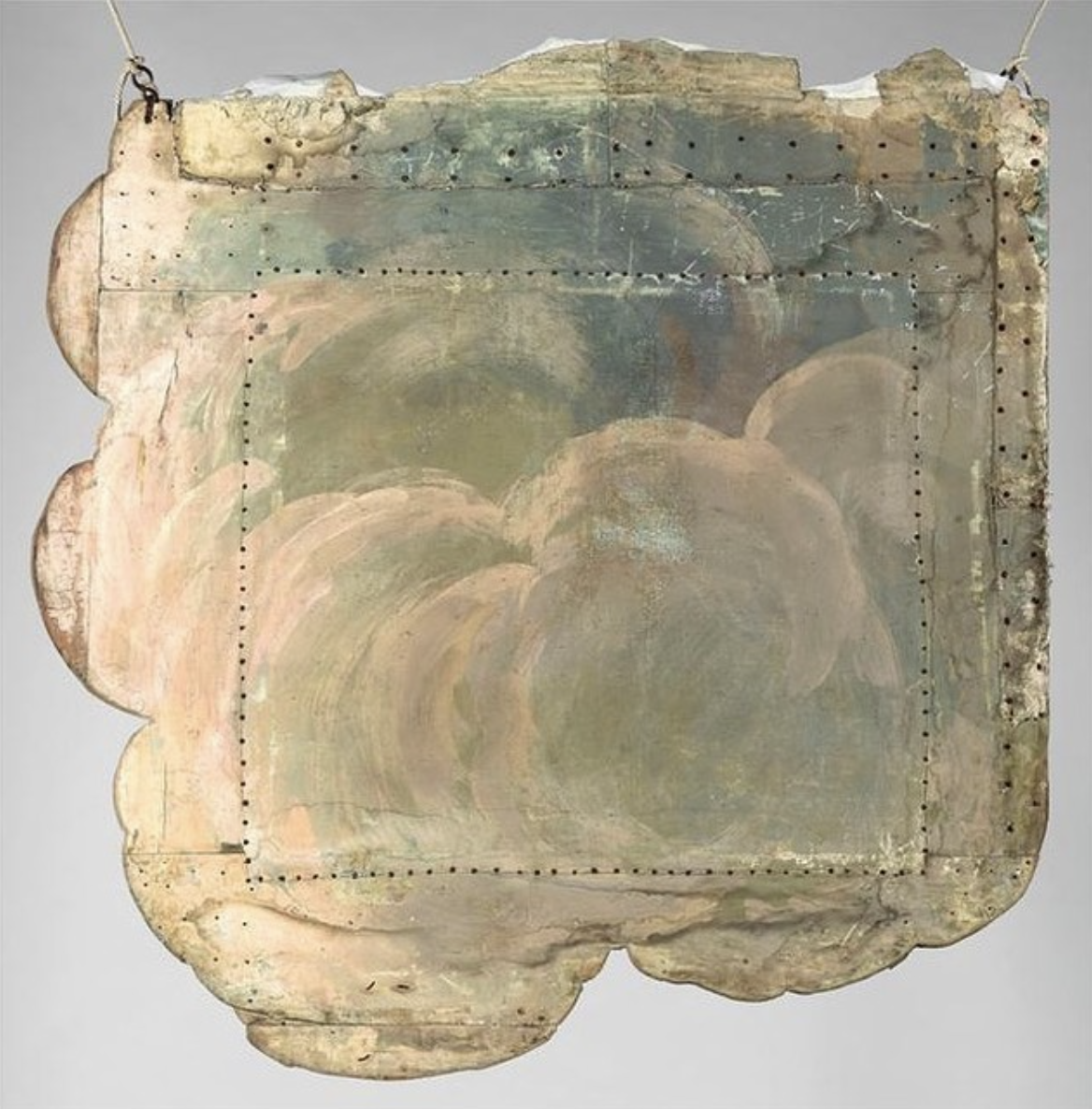
Taking Control of the narrative

Not Just Ideas: Action
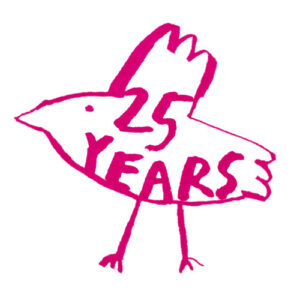
AccessArt’s Pedagogical Approach
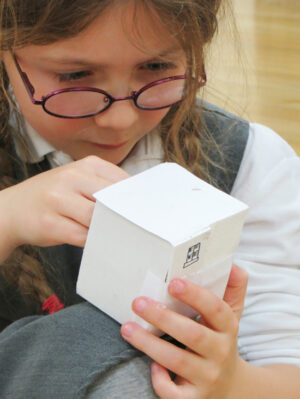
Education: The Fundamentals
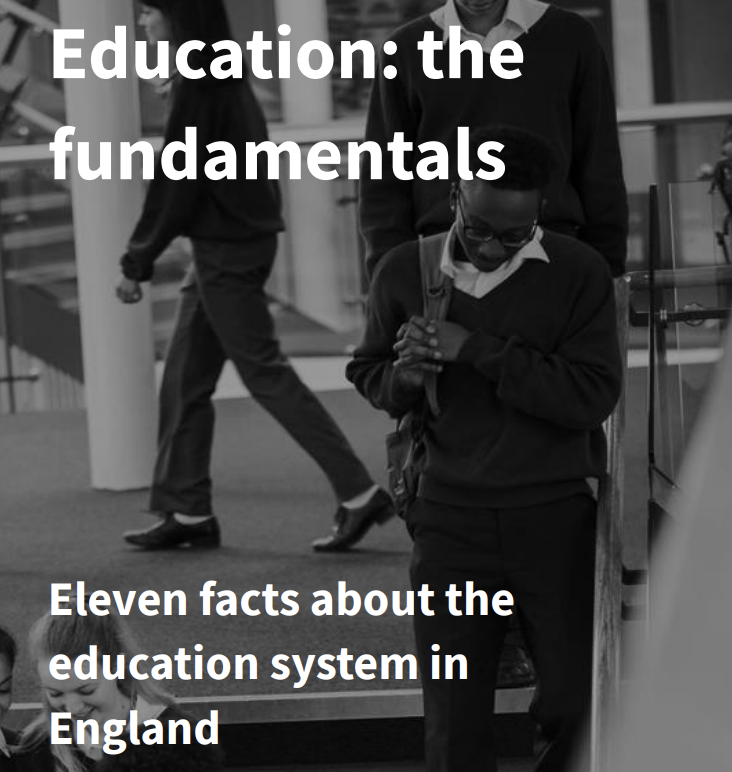
Visual Arts Manifesto
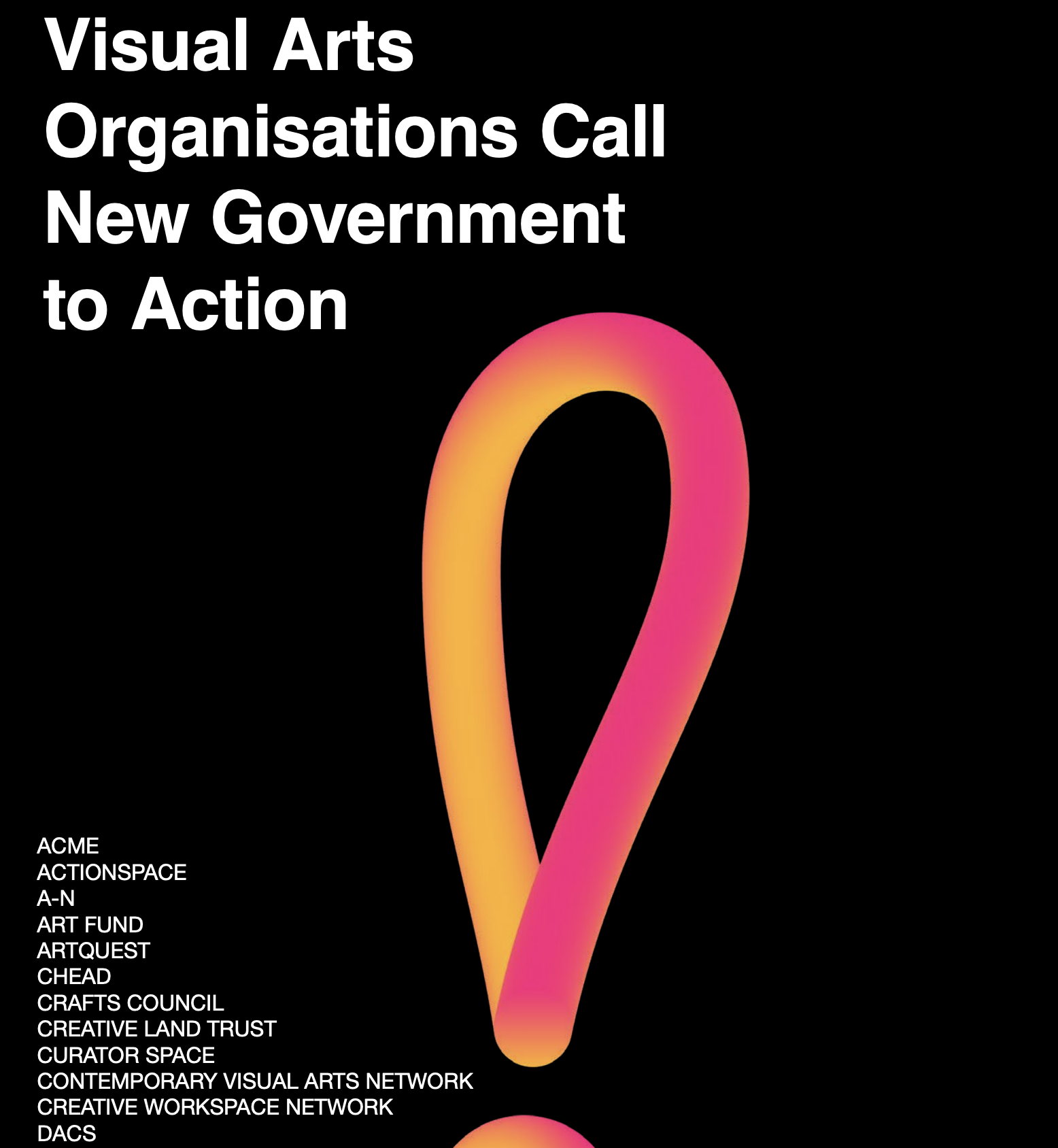
You May Also Like
Manipulating Forms in Landscape Painting
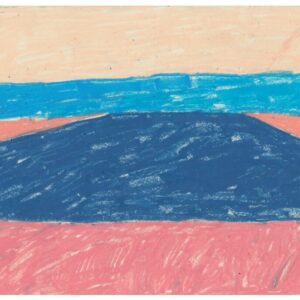
Layered Colour Gestural Drawing
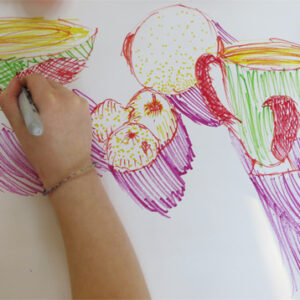
Cut Paper Collage Still Life
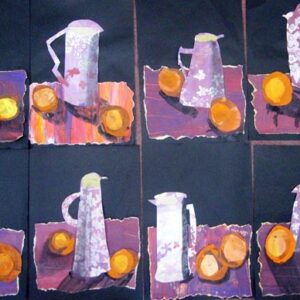
You May Also Like
Drawing Prompt Cards
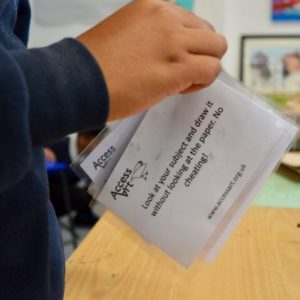
Watercolour Washes Inspired by the Tapestries of Henry Moore
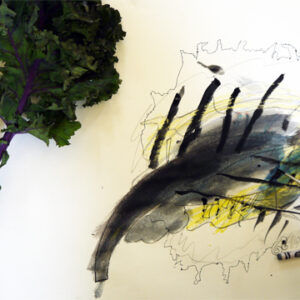
Paint Your corner Shop






















































